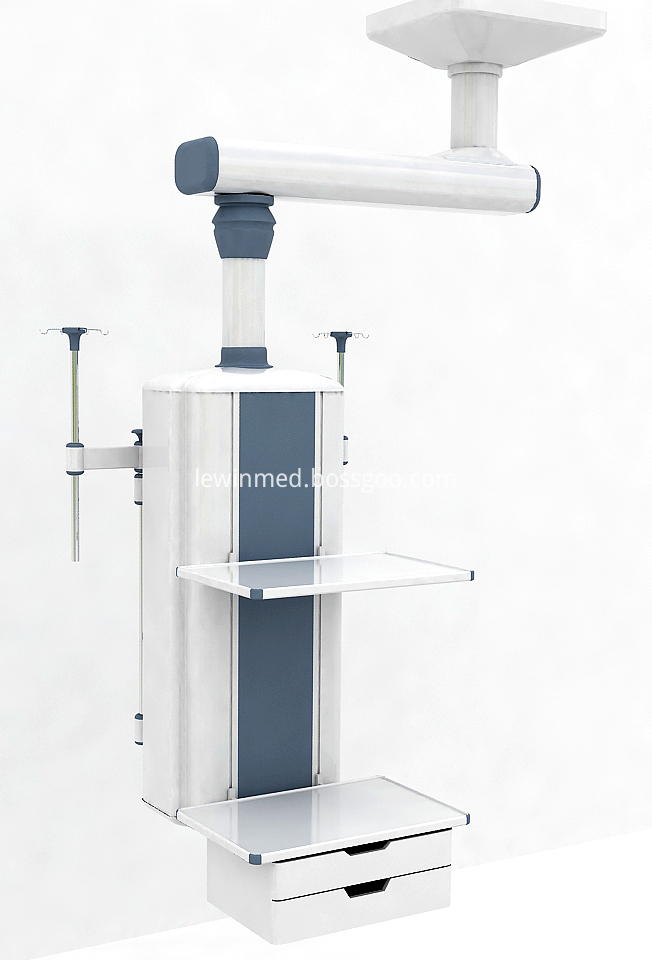There are several effective methods for raising adult Jian'an fish, and the following four primary approaches are commonly used:
First, nutrient-based breeding in fish ponds. Fish fry are initially raised in fingerling pools, where stocking density, size, and feeding practices follow standard procedures. This ensures that the production of Jian'an fish is increased without affecting the growth of other domestic fish species or requiring additional feed. The recommended size for Jian'an fish when stocked is around 3 cm, with fry being at least 2 cm in length. Stocking density typically ranges from 60 to 100 fish per acre, allowing them to grow to marketable sizes efficiently.
Second, polyculture in adult fish ponds. In most cases, Jian'an fish are raised alongside other species. In high-yield salmon ponds, the typical stocking ratio includes 60% carp, 10% silver carp, 10% grass carp, 10% bighead carp, and 10% other species. In dedicated adult fish breeding ponds, the ratio is often 60% grass carp and bighead carp, 25% carp, 5% silver carp, and 10% other species. There may be some competition for food, but in high-quality, high-yield ponds focused on Jian'an fish, they usually make up 60–70% of the total stock.
Third, cage farming. Cages should be placed in fertile, non-polluted waters that are sheltered and have moderate depth. It’s important to avoid areas prone to flooding, such as the Huhan Bay. Net cages used for fish cultivation generally have a mesh size of 2–3 cm, with an average area of about 60 square meters. The ideal size for stocking Jian'an fish is between 50–70 grams per fish, with a density of 5–10 kg per square meter. Once the fish are placed in the cages, they are gradually acclimated, and the amount of feed given each time is small, primarily using artificial compound feed. The feed particle size should match the fish's mouth size to maximize feed utilization.
Fourth, rice field farming. Jian'an fish are one of the main targets in paddy field aquaculture. Two common methods include rice-fish integration and rice-fish rotation. Paddy fields used for fish farming must be properly modified, with raised dikes, fish ditches, and fish shelters. Water access points should be convenient, and barriers should be installed to prevent escape. In integrated systems, 200–300 fish are stocked per acre shortly after transplanting, and they are raised for about four months. In rice-fish rotation systems, fish are raised during the rice-growing season, and in some cases, multiple fish species can be mixed. Due to higher stocking densities, proper feeding and fertilization are essential. Regular monitoring is needed to prevent fish from escaping and to ensure timely water replacement.
Single Arm Manual Surgical Pendant
Single Arm Manual Medical Pendant .oxygen sockets, seven 10A multi-function power outlet, a network socket, three platforms, a drawer, a ground terminal, a set of infusion stand. Rotation angle ≤ 340 °.highly manoeuvrable pendants for surgeons where positioning is vital.surgical pendant are usually mounted around the foot-end or sides of the Operating Table so as not to interfere with the anaesthetists equipment.

Single Arm Manual Surgical Pendant,Manual Anesthesia Pendant,Manual Ceiling Pendant,Manual Medical Gas Pendant
Shandong Lewin Medical Equipment Co., Ltd. , https://www.lewinmed.com